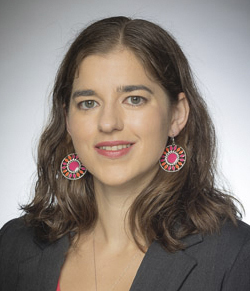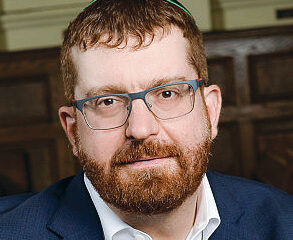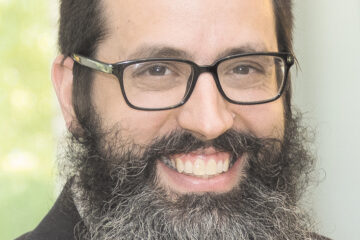Was Dumbledore’s phoenix, Fawkes, on Noah’s Ark?

By Rabbi Tina Sobo, Temple Israel
How do we approach seemingly mythical, magical, or otherwise logically implausible creatures referenced in the Bible and rabbinic literature (Midrash, Mishnah, Talmud)? Using Natan Slifkin’s book, Sacred Monsters as a primary source, I explored this question in a recent lecture.
One congregant asked why rationalist-inclined modern Jews might explore such imaginative elements of our tradition.
I have a few thoughts as to how to respond, and share them here. There are many ways to approach these “monsters,” but I hope you find the approach that works for your understanding of Jewish tradition and practice.
Let’s start with the question at hand: Was Dumbledore’s phoenix, Fawkes, on Noah’s Ark? For Harry Potter-loving Jews, I refer you as well to the book Harry Potter & Torah by Dov Krulwich.
For those less familiar with the phoenix according to various traditions, dating back to at least 500 B.C.E., the phoenix is believed to be a unique creature that lives up to 500 years, or is even immortal, renewing itself from fiery ashes.
While we can readily find sources from Herodotus’ writings through J. K. Rowling, what does this have to do with Jewish tradition and Noah’s Ark?
Most Jewish sources related to the phoenix are connected back to a verse from Job (29:18) which states, “I thought/said, with my nest, I will expire (die); and like the chol, I will increase my days.”
The most obvious translation of the word chol is sand, but this leads to a mixed metaphor. By hermeneutical principles, this is problematic with the reference to Job’s nest in the first half of the verse.
This leads commentators such as the Malbim and Rashi to read chol not as sand but as a bird, which makes more sense with the nest metaphor in the beginning of the verse.

This understanding is connected to a few midrashim (rabbinic commentaries) on Genesis, which ascribe the chol as refraining from eating of the Tree of Knowledge when Eve offered its fruit to all creatures, thus giving a basis for its immortality: other creatures were punished with mortality due to their consumption from the forbidden tree.
Then, in a midrash on the Flood narrative, we have a scene of Noah encountering the chol on the Ark being humble and refraining from asking for food. Noah blesses the bird with immortal life.
From these accounts, rabbinic tradition ascribes credence to the chol as a bird with a very long (or eternal) life span that can rejuvenate itself, possibly through fire. In other words, a Jewish version of the phoenix that works within our tradition and goes back to the initial verse from Job makes his statement make sense. After the trials Job faces, to desire such a renewal would certainly be understandable.
The question remains as to whether we take these sources to literally mean the rabbis believed such a creature actually exists, or perhaps are using the legend of it as a literary device — or both.
A rationalist could argue that if such a bird existed, experts would have found evidence of it by now. But perhaps this bird is wise, knowing it is unique, and by some versions of the legend, only one phoenix exists in the world; it remains in hiding.
There would be no fossils since it is immortal (or very few if it lives 500 years or more). Perhaps we just haven’t found it yet?
The possibility that the phoenix is real helps open our minds to be more imaginative in how we approach not just the phoenix in our tradition, but other aspects as well (talking donkeys, “dolphin” skins in the Tabernacle, etc.).
What impact does one’s view — the phoenix being legendary or real — have on our theological beliefs? Does it change our perception of the moral lessons and legal impacts these texts have on our modern practice if we believe these creatures to be (or have been) in existence, to believe our ancestors believed they existed, to be a miracle of the time, or to see them as purely literary imagination?
I find myself sometimes stymied by the desire to know for sure — to find the bottom line, the compelling answer.
We have lived the last two years in deep uncertainty as we have navigated Covid. The act of approaching our texts with similar uncertainty — allowing that uncertainty to simply be as we ponder the meanings — opens the text to new understandings. The power of asking the question gives us a different perspective when we challenge our assumptions of the text, whatever they may be.
May you look at our texts with an open mind, and perhaps, see a phoenix someday.
To read the complete May 2022 Dayton Jewish Observer, click here.





